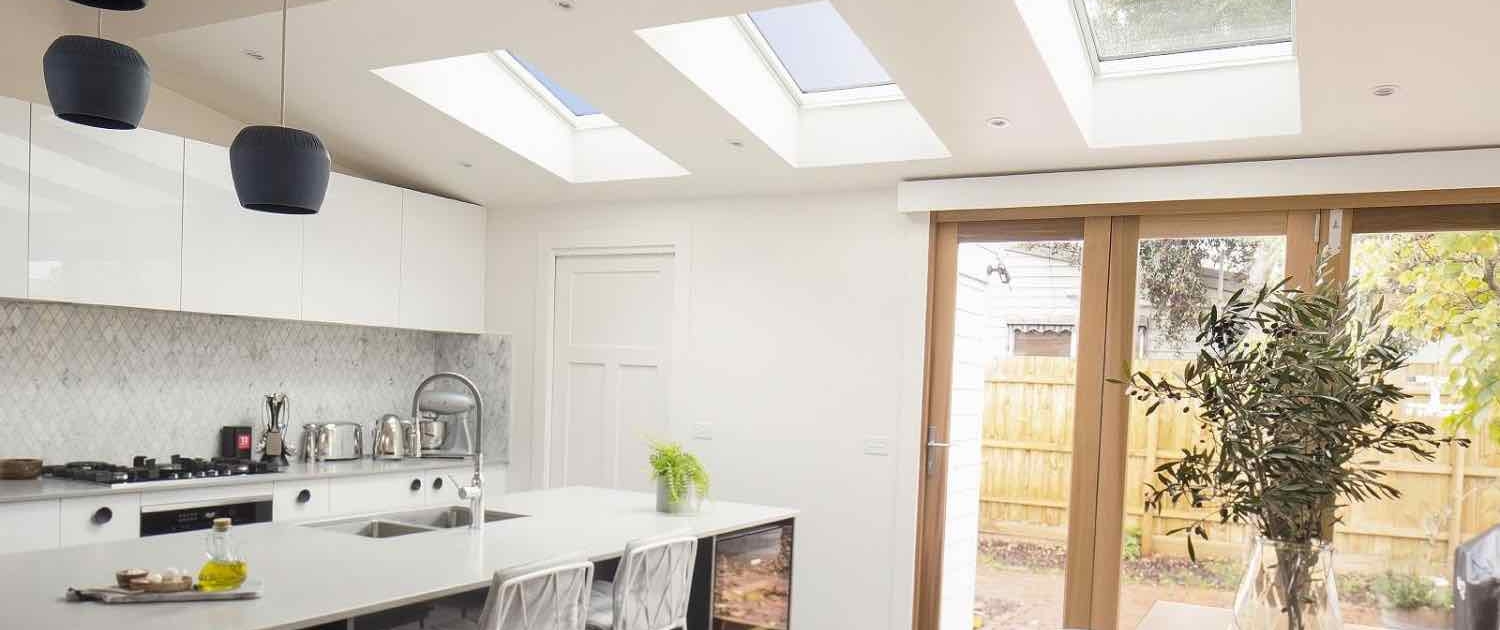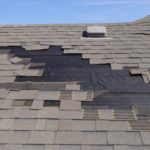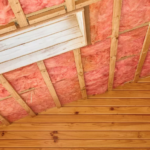Few architectural details are more beautiful or inspiring in a private home than a skylight.
A well-chosen, an expert skylight installation not only brings approximately 30% more natural daylight into your living space, it can even save you money on heating and energy bills. Some are designed to give your home better ventilation, drawing warm air up to vent through and cooling a room to bring in fresh air.
Thinking about installing one is exciting and inspiring, but it also should also give you pause. After all, you’re contemplating having a hole cut in one of your home’s most expensive and important features—the roof. You can count on us to help you get it right…the first time!
The most important thing you can do to guarantee a pleasant process and a positive outcome is to hire a reputable company that uses quality materials to do the work. It’s far easier to get the work done right the first time than to try to address damages or recoup lost fees when you’re dissatisfied, so choose wisely.
Here are four considerations you should think about and discuss with your contractor:
Location
Exactly where your skylight is installed within your home’s footprint determines how much benefit you derive from it. Your rafters have a lot to do with placement, too. Securing a blueprint of your home will help you and your contractor select the best spot for your skylight.
In addition to the location on your roof, the angle or slope at which the skylight is installed will also affect the amount of light and solar heat absorbed into your home. A low slope typically admits more solar heat in summer and less in winter—which is the opposite of what most people want. Setting the skylight’s slope at roughly 10 degrees more than the geographical latitude of your home is often a good plan.
Glass
Skylights typically have tempered or laminated glass—which can break. If you have a lot of trees around your home, you need to understand that there is a risk of breakage to the skylight should a branch or bough fall on it. While tempered glass shatters into small, smooth pieces that fall to the ground, the film on laminated glass keeps the broken glass shards in place within the skylight’s frame—which is much less risky.
Mounting
Skylights can be curb-mounted or deck-mounted. Curb mounting requires a box structure for the skylight to be set on. If replacement is needed, curb-mounted skylights may not always need to be re-flashed, as long as flashing remains in good condition. Deck-mounted skylights have no box structure under them, giving them a lower profile that frequently results in greater energy efficiency
Features
Do you want to be able to open the skylight for ventilation? If so, would you like an electric, manual, or even solar-powered means of venting it? Are you concerned about letting too much passive heat and light into your home in the warmer months? You may want to consider factory-installed blinds over your skylight.
There’s a lot to consider, but a trustworthy, experienced contractor can help you through the process. Choose wisely, ask the right questions, make sound decisions, and prepare to enjoy the beauty and benefits of your skylight for years to come.













